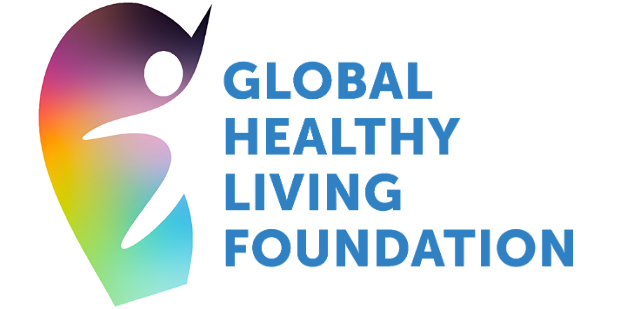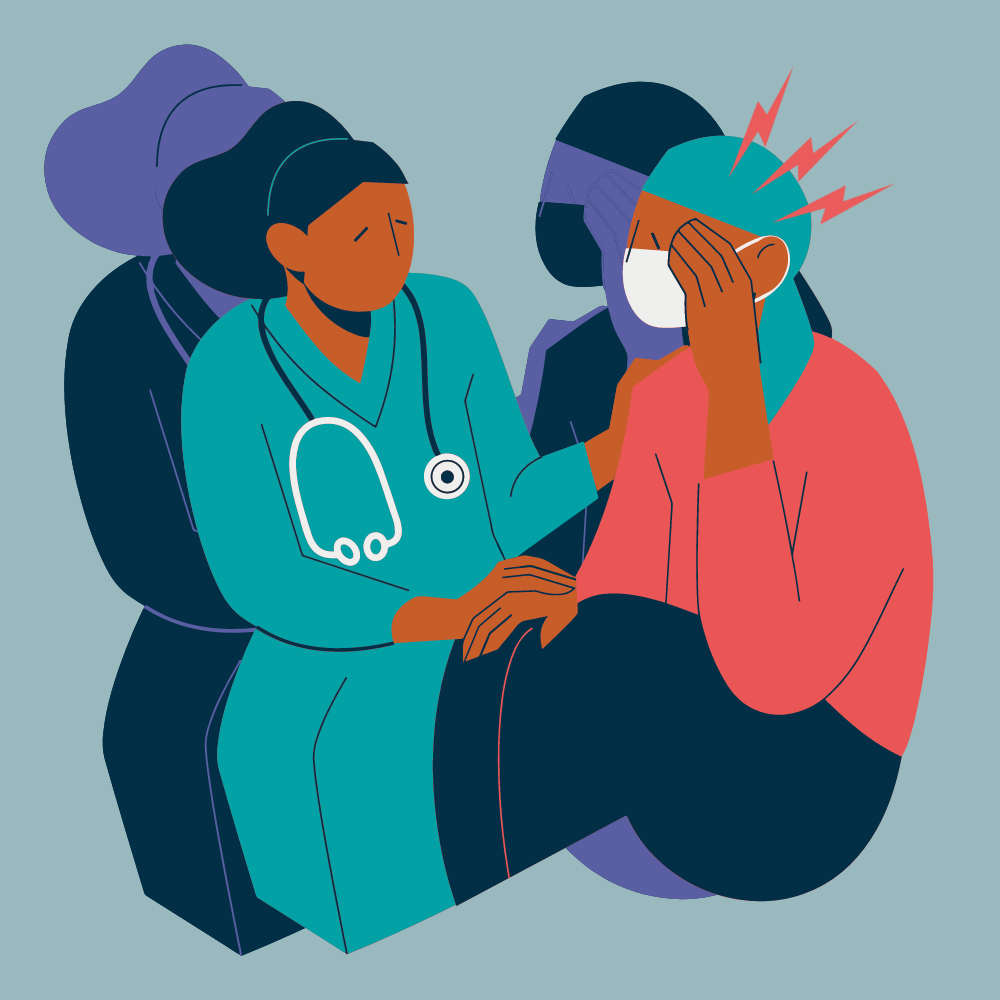The Up-End Migraine Project reveals key gaps in episodic migraine care, aiming to drive change and improve treatment options for patients through insights from both providers and patients.
10 THINGS MIGRAINE ADVOCATES WISH THE WORLD KNEW ABOUT MIGRAINE
10 THINGS MIGRAINE ADVOCATES WISH THE WORLD KNEW ABOUT MIGRAINE
April 12, 2018
GHLF STAFF

- The absolute number one thing we wish the world knew about migraine is that it is NOT a headache. Headache is one of several disabling symptoms of migraine, which is a serious and debilitating neurological disease affecting over almost 40 million men, women and children in the United States and over 1 billion worldwide.1
- People who have migraine often also have comorbid conditions, such as depression, anxiety, PTSD, arthritis, hypertension, and epilepsy. Comorbidity means that two illnesses occur at a greater than coincidental rate than in the general population, suggesting that they are interrelated.
- There are only about 500 board certified headache specialists treating close to 40 million migraine patients. Access to treatments and specialists is a hurdle most people living with migraine can never get over. Migraine remains to be a poorly understood and under-treated disease.
- Migraine is a costly disease. Families that have someone living with migraine spend 70% more in healthcare costs than those families who do not. 113 million work days are lost per year due to migraine, costing employers over $13 billion. The combined cost for healthcare and lost productivity associated with migraine is around $36 billion a year in the U.S.1
- Migraine isn’t only episodic. Four million people in the U.S. are diagnosed with chronic migraine – having 15 or more migraine days a month.1 It becomes almost impossible to maintain employment when half or more of a month is spent in pain with debilitating symptoms. Many are forced to resign, are laid off when their FMLA runs out and their symptoms haven’t improved or let go due to absenteeism and loss of productivity.
“People really do lose jobs because of migraine. In my case, FMLA expired after a year and since my debilitating chronic migraine symptoms kept me from doing every day normal tasks in and out of the house, I was let go from my place of employment.” -JP Summers, Adventures of a Spoonie Mom
- Migraine is not listed as a disabling condition in the Social Security Blue Book for disabling impairments. This book lists specific criteria that those who have a disabling condition would qualify for Social Security disability benefits. The burden falls onto the patient who must prove that he or she is unable to maintain employment and earn a gainful living due to the impairments. Often, those with chronic migraine who apply for disability benefits are denied or spend extended periods of time appealing their claims before being awarded benefits.
- Migraine can lead to death. This happens occasionally due to stroke, however, more often through suicide. Those who have migraine and comorbid mental illnesses are three times more likely to attempt suicide.2 That risk is even higher for migraine with aura, even without any mental health conditions.
“Suicide can seem like the only way out when one is experiencing constant, debilitating pain with no successful treatment. It is very common for those of us whose life consists of these daily migraine attacks to feel like we’re at a loss. We feel beat up, chewed up and spit out by chronic migraine. Hopelessness can often creep into our daily thoughts.” -Jaime Sanders, The Migraine Diva3
* You are not alone. National Suicide Prevention Lifeline: 1-800-273-8255*
- There are symptoms more debilitating than the head pain. Nausea and vomiting associated with migraine can be extremely disabling. Not being able to hold anything down makes taking medications for migraine and other comorbid conditions almost impossible. This becomes a serious issue when you need medications to manage depression or anxiety, fibromyalgia or rheumatoid arthritis.
“Some of my other symptoms are as severe as (or even more severe) than the excruciating pain. The nausea and vomiting, for instance, is particularly difficult because it not only makes it difficult for me to take my migraine meds, it makes it difficult for me to take my daily meds for depression, anxiety, and hypothyroidism. If I’m vomiting, I either can’t take my oral meds, or I end up throwing them up.” -Michelle Tracy, The Migraine Warrior
“If I can’t keep my rheumatoid arthritis and fibromyalgia meds [down], then those flare ups will only make my migraine attacks more frequent.” -JP Summers
- One of least talked about symptoms of migraine are the cognitive effects. The physical pain, nausea, vomiting, and sensitivities to light, sound and smell are all very debilitating. Not being able to think clearly, form thoughts or concentrate are all extremely difficult to manage daily as well. Memory loss, slower processing speeds, and difficulty speaking, or writing are also symptomatic of migraine.
“The cognitive effects can be as difficult to deal with as the pain! Brain fog is intense – every single thought becomes a struggle. This leads to anxiety, fear, anger, isolation, and fatigue.” -Angie Glaser, Chronic Migraine Life
- The stigma surrounding migraine makes having the disease harder to live with. Not only is it grossly misunderstood by most of the world and diminished to being something that can be fixed with taking over the counter medications, the stigma is so prevalent that it is oftentimes believed by those who have migraine.
“No one ever wants to have migraine and stigma too easily becomes internalized. We think migraine attacks (especially chronic) are as crazy and ridiculous as everyone else does, we just have to deal with them. Being kind to ourselves is the healthiest way to manage but self-kindness is so much harder when you start to believe the stigma. This is why even “small” comments or attitudes of impatience or dismissal are so harmful to our personal healing and our relationships.” -Angie Glaser
“People with migraine don’t need you to solve their problems or cure them. We, like anyone else, need support, encouragement, and understanding. I think people are overwhelmed imagining our lives and have no idea how to approach the topic at all.” -Olivia Rehberger, Migraine Again
Help end the stigma. Join our patient advocacy program: 50-State Network.
- “Migraine Facts.” Migraine Research Foundation, migraineresearchfoundation.org/about-migraine/migraine-facts/.
- Hackley, Sarah. “Migraine and Suicide Risk: Know the Facts, Get Help.” Migraine.com, 9 Sept. 2014, migraine.com/blog/migraine-suicide-risk-know-facts-get-help/.
- Sanders, Jaime M. “Migraine and Suicide: Clearly, It’s Not Just a Headache.” Migraine Again, 26 Sept. 2017, migraineagain.com/migraine-and-suicide-clearly-its-not-just-a-headache/.
If you enjoyed reading this article, you’ll love what our video has to offer.
SUBSCRIBE TO GHLF
RELATED POST AND PAGES
_
Was this article helpful?
YesNo




